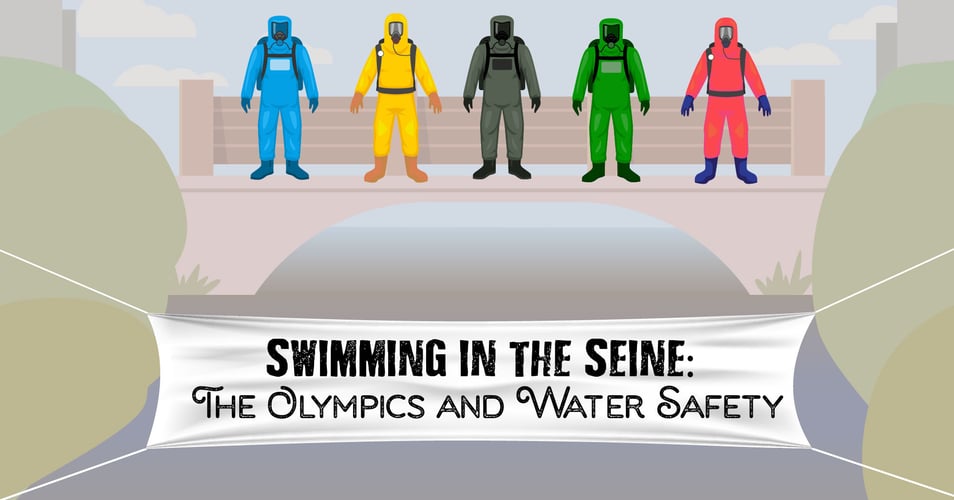Critically Clean: An In-Depth Look

In earlier posts, we've examined the degree of cleanliness required for specific items as well as what the EPA requires to make claims about cleanliness. Today we will look at how the various items in a patient room are categorized to determine the required level and frequency of cleaning.
In the early 1900s, hospitals were becoming more and more aware of the role cleaning played in controlling infection. With the rise of bacteriology, the study of bacteria, and germ theory, hospitals knew that unseen organisms were leading to illness and death, and that strict cleaning regimens were needed. Hospital staff used soaps and chemicals aggressively, but not always with a deeper understanding of what pathogens were being killed by that cleaning, and to what degree.
A young doctor from Philadelphia, Earle Spaulding, took on the task of testing germicides, antiseptics, soaps, and cleansers against specific germs. In a paper he published in 1939, he proposed a classification system that is still used today: The Spaulding Classification Scheme. He proposed that classifying medical devices based on the degree of risk for infection would lead to a better understanding of the degree of cleanliness required, and as a result, improve compliance and reduce infection. His simple and logical categories are "Critical," "Semicritical," and "Noncritical."
Critical
- High risk of infection if contaminated
- Enter body tissue
- Must be sterilized
- Examples:
- Surgical instruments
- Catheters
- Implants
- Ultrasound probes for sterile tissues/organs
Semicritical
- Moderate risk of infection if contaminated with certain organisms
- Contact intact mucuous membranes
- Must be free of bacteria, mycobacteria, and viruses
- Small numbers of bacteria spores are permissible since mucous membranes are not susceptible to spores
- Must be, at a minimum, high-level disinfected
- Examples:
- Ventilators
- Anesthesia equipment
- Scopes and probes (endoscopes, laryngoscopes, etc.)
Noncritical | Patient care and Environmental surfaces
- Very low risk of infection if contaminated
- Contact intact skin only
- Must be disinfected in daily cleaning, upon contamination, and at terminal cleaning
- Can be cleaned on-site
- Examples of noncritical patient care items
- Bedpans
- Blood pressure cuffs
- Crutches
- Examples of noncritical environmental surfaces items
- Bedrails
- Bedside tables
- Patient furniture
- Floors
With the rise of hospital-acquired infections with antibiotic-resistant organisms, some of these classifications may have to be reconsidered. For example, an outbreak of CRE in a hospital in California can be traced back to endoscopes, equipment that is classified as only semicritical, requiring only high-level disinfection. Cleaning these scopes is extremely difficult; they are small, complex pieces of equipment. However, even trace contamination by antibiotic-resistant organisms can lead to serious illness and even death. But reclassifying equipment is not the only step required: redesigning "semicritical" items to enable better cleaning and reducing the environmental bioburden is also vital.
A significant issue to consider alongside Spaulding's system is the role of secondary transmission, when germs are spread from hands touching contaminated equipment and then touching a patient or another surface. We'll explore the issue of transmission in a future post.
Editor's Note: This post was originally published in March 2015 and has been updated for freshness, accuracy and comprehensiveness.
![EOScu Logo - Dark - Outlined [07182023]-01](https://blog.eoscu.com/hubfs/Eoscu_June2024/Images/EOScu%20Logo%20-%20Dark%20-%20Outlined%20%5B07182023%5D-01.svg)

![[INFOGRAPHIC] Spaulding Classification Scheme](https://no-cache.hubspot.com/cta/default/216314/interactive-178558790436.png)



